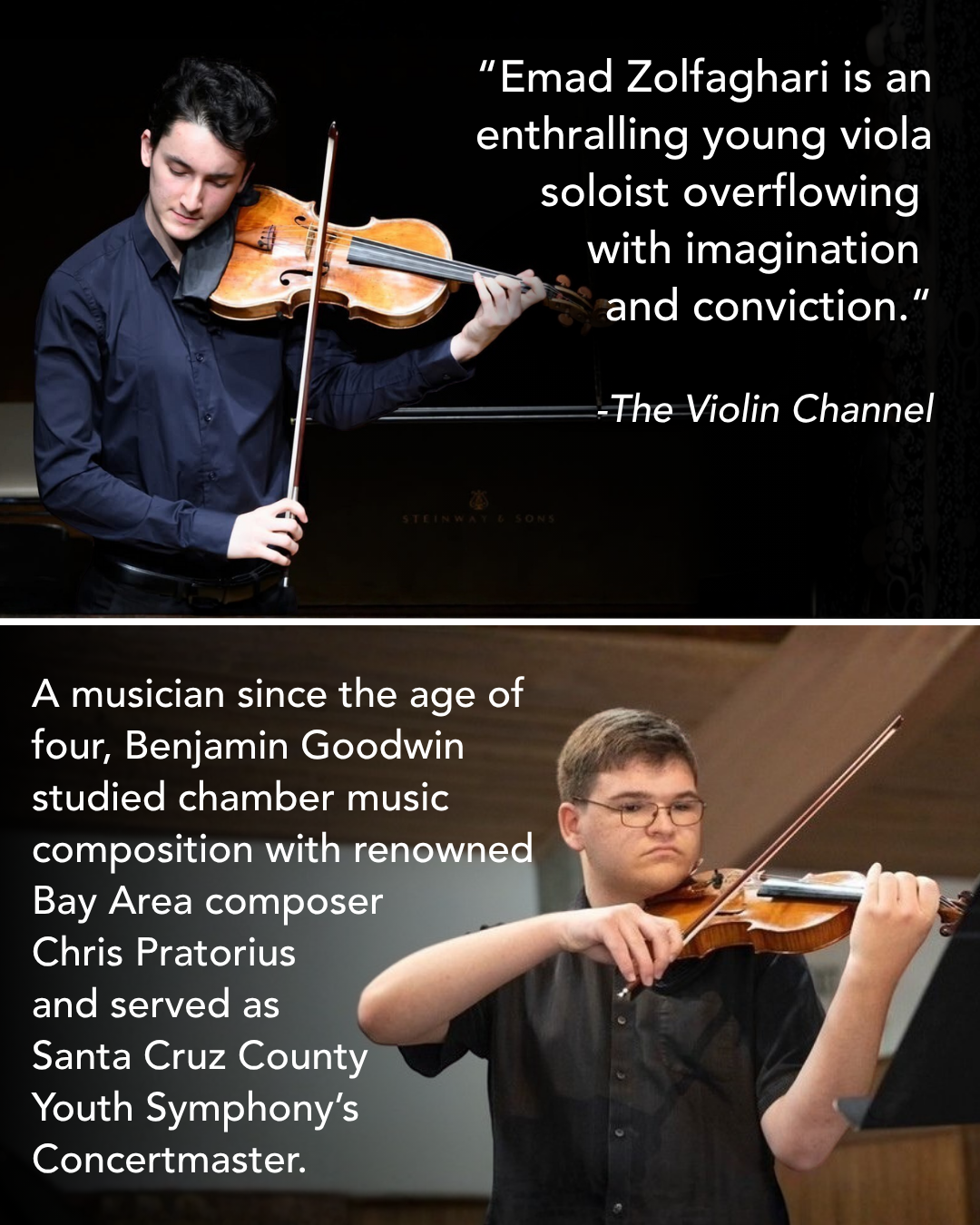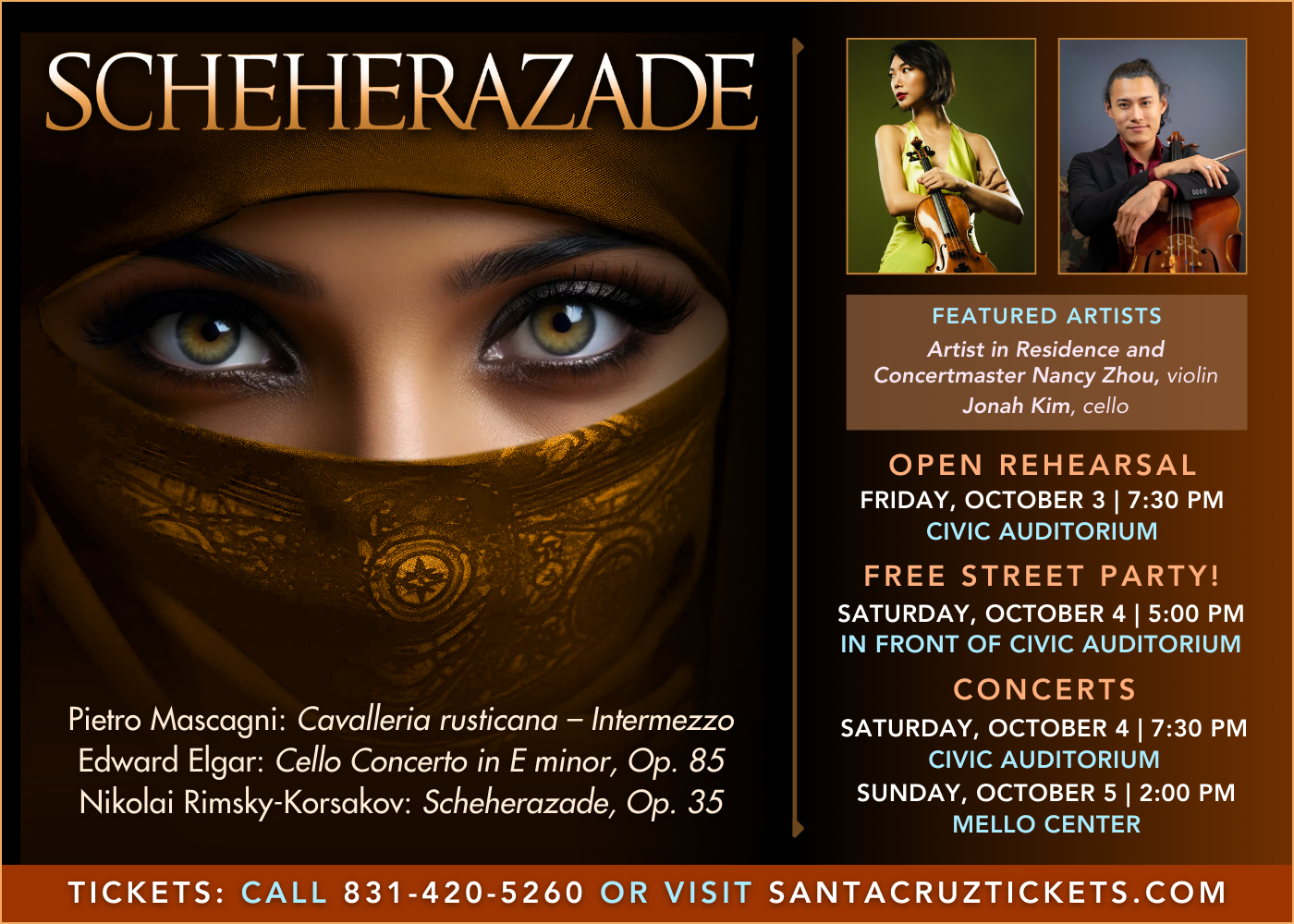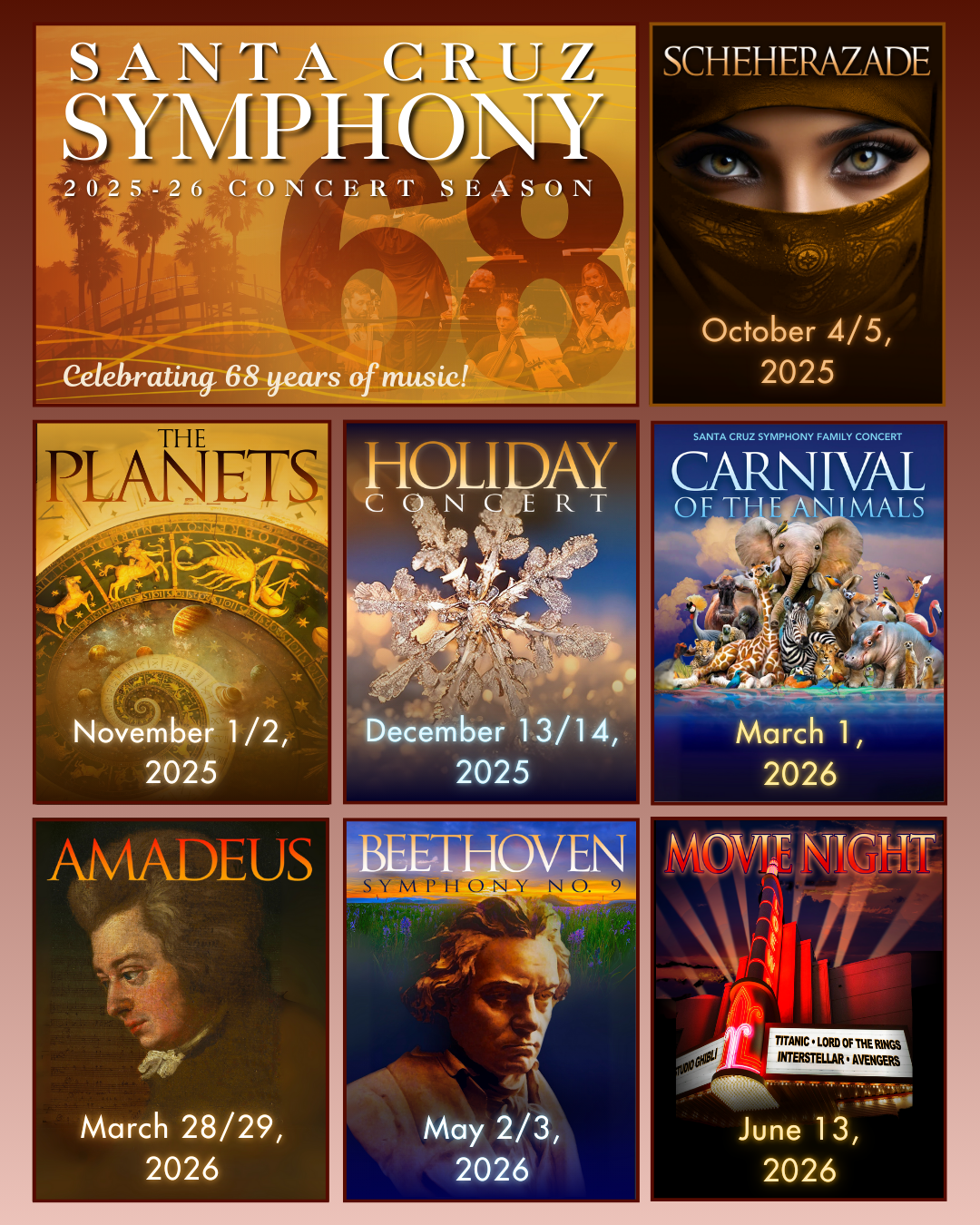Santa Cruz Symphony cares about the comfort and safety of everyone attending our concerts. We’ve heard your questions about the handrails at the Civic Auditorium and want to provide an updated status.
The City of Santa Cruz has confirmed that the contractor, Selway Construction, is scheduled to install the new handrails in January 2026. Current preparations include material submittals, preconstruction meetings, scheduling, and procurement of materials. While a specific start date has not yet been set, installation is expected to take place during the month of January.
We expect that this means our patrons will be able to enjoy the use of the handrails in time for our Family Concert on March 1, 2026.
You can find additional information on the City’s project page here: Civic Auditorium Handrail Project
We look forward to welcoming you back to the Civic to enjoy both the improved accessibility and the joy of live music. Don’t miss the Family Concert on March 1 to see the handrails in action!














